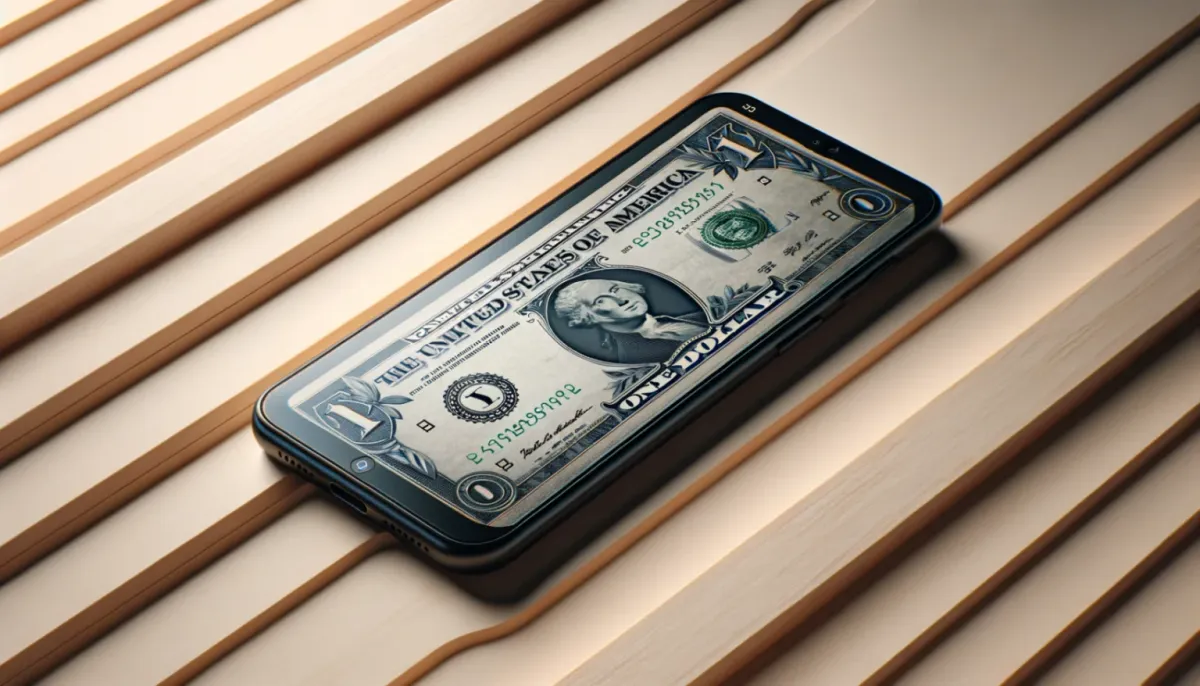The U.S. dollar, once underpinned by tangible gold reserves, has evolved into a fiat currency that relies entirely on trust and government policy. The shift from the gold standard to fiat money in 1971 under President Nixon fundamentally altered the financial landscape, allowing the U.S. to print currency without limitation. This change created a mechanism through which the U.S. could run massive trade deficits and finance wars, all while the consequences of inflation were largely offloaded onto the rest of the world.
Exporting Inflation – How It Works When the Federal Reserve prints more money, the supply of dollars increases, diluting the value of each dollar in circulation. Traditionally, this would lead to domestic inflation as the purchasing power of the currency erodes. However, because the U.S. dollar is the world’s reserve currency, much of this newly created money is absorbed by foreign countries, primarily those holding U.S. debt or conducting trade in dollars. This means the inflationary pressure is not felt solely within the U.S. economy; it is effectively exported.
From 2008 to 2021 alone, the Federal Reserve printed over $9 trillion through multiple rounds of Quantitative Easing (QE), buying up U.S. Treasury bonds and mortgage-backed securities. This influx of dollars into the economy was meant to stabilize markets following the 2008 financial crisis and later the COVID-19 pandemic. However, it led to a surge in inflation, particularly felt globally by emerging markets that rely heavily on dollar-denominated trade and debt.
In practical terms, countries holding U.S. debt are financing America’s consumerism and budget deficits. As of 2024, the U.S. national debt stands at $33 trillion, a staggering amount that represents nearly 130% of the U.S. GDP. Each time the Fed prints money, foreign countries holding dollar-denominated assets see the real value of their investments decline as the dollar is devalued.
Part 2: Weaponization of the Dollar – SWIFT Sanctions and Economic Warfare
In addition to exporting inflation, the U.S. has weaponized the dollar as a geopolitical tool. The dominance of the dollar in global trade is closely tied to the Society for Worldwide Interbank Financial Telecommunications (SWIFT) system, which processes a majority of international financial transactions. Control over SWIFT has allowed the U.S. to impose sanctions and restrict access to global markets for nations it considers adversaries.
The Power of SWIFT Sanctions When countries like Iran, Russia, or North Korea face U.S.-led sanctions, they are often excluded from the SWIFT system, making it nearly impossible for them to engage in international trade. The effect of this financial isolation is profound. For instance, after Russia's invasion of Ukraine in 2022, the U.S. led an international coalition to remove major Russian banks from SWIFT. As a result, Russia’s trade with Western countries was decimated, and the value of the ruble plunged by nearly 30% within weeks of the sanctions being implemented.
However, the overuse of sanctions has started to backfire. Countries like China and Russia have begun developing alternative systems to SWIFT, aimed at reducing their dependence on U.S.-controlled financial networks. Russia’s System for Transfer of Financial Messages (SPFS) and China’s Cross-Border Interbank Payment System (CIPS) are examples of these initiatives, which will increasingly weaken the dollar’s grip on global trade.
Part 3: BRICS and the Rise of a New Reserve Currency
The BRICS nations (Brazil, Russia, India, China, and South Africa) are spearheading efforts to create a new reserve currency that could potentially displace the U.S. dollar from its dominant role. The group’s combined GDP in 2024 amounts to $28 trillion, representing nearly 30% of the global economy. Their initiative, which gained momentum during the 2023 BRICS summit, aims to create a currency backed by a basket of commodities, including gold, which could provide stability and reduce reliance on the dollar.
Gold-backed Digital Currency One of the most significant proposals is the introduction of a gold-backed digital currency that would be used for international trade among BRICS nations and potentially beyond. The idea is that pegging the currency to a tangible asset like gold would prevent it from being manipulated in the same way that fiat currencies, including the dollar, are currently subject to.
In October 2024, at the BRICS summit in Cape Town, the members announced that they were progressing toward a multi-nation reserve currency, which could be operational by 2026. This initiative comes at a time when the U.S. dollar's share of global reserves has dropped below 59%, a 20-year low. As more countries diversify their reserves, the potential for a dollar decline grows.
Part 4: The Looming Collapse of the Dollar – Debt, Inflation, and Loss of Confidence
The unsustainable levels of U.S. national debt, combined with persistent inflation, have raised concerns about the dollar’s long-term viability. U.S. inflation hit 6.8% in 2023, and while it has moderated slightly, it remains above the Federal Reserve’s target. The ongoing debt crisis is another major issue. In 2024, U.S. debt surpassed $33 trillion, and interest payments on this debt are set to exceed $1 trillion annually by 2027, putting immense pressure on the federal budget.
De-dollarization Trends As global confidence in the dollar weakens, central banks are moving away from dollar-denominated assets. In 2023 alone, central banks bought a record 1,136 tons of gold, the largest amount since 1950. This trend is expected to continue, with major economies such as China and Russia steadily reducing their dollar reserves.
China, for instance, has been diversifying into the digital yuan, which is now being used in over 50 countries for cross-border trade. Similarly, Russia has significantly increased its gold reserves, which now stand at 2,298 tons, worth nearly $160 billion at current market prices.
Part 5: Preparing for the Future – Gold and Bitcoin as Safe Havens
As the world shifts away from the U.S. dollar, investors must protect their wealth by diversifying into assets that offer stability and long-term value. Historically, gold has served as a reliable hedge against inflation and currency devaluation. Its value is not tied to any government’s fiscal policies, and it cannot be printed or manipulated in the same way fiat currencies can. Gold has risen by 20% over the past two years as central banks continue to accumulate reserves.
Bitcoin – The Digital Gold In addition to gold, Bitcoin has emerged as a modern alternative. Often referred to as “digital gold,” Bitcoin offers a decentralized and inflation-resistant asset. Its fixed supply of 21 million coins ensures that it cannot be inflated, and its value has increased by over 400% in the last five years. As more institutional investors, such as BlackRock and Fidelity, incorporate Bitcoin into their portfolios, it is increasingly viewed as a hedge against the instability of fiat currencies.
Diversification is Key
In an increasingly uncertain economic environment, reducing exposure to the U.S. dollar and spreading investments across a range of assets is critical. A portfolio diversified with gold, Bitcoin, and other cryptocurrencies can protect against the potential collapse of the dollar and offer financial security in the face of global instability.


